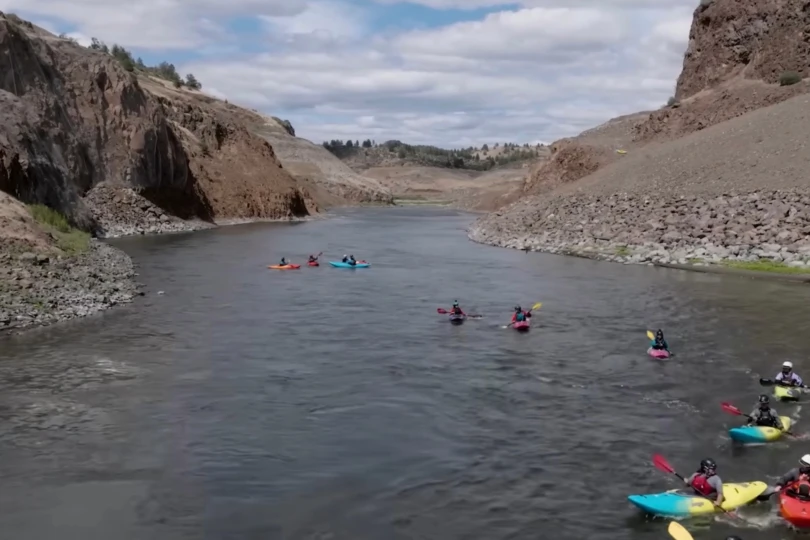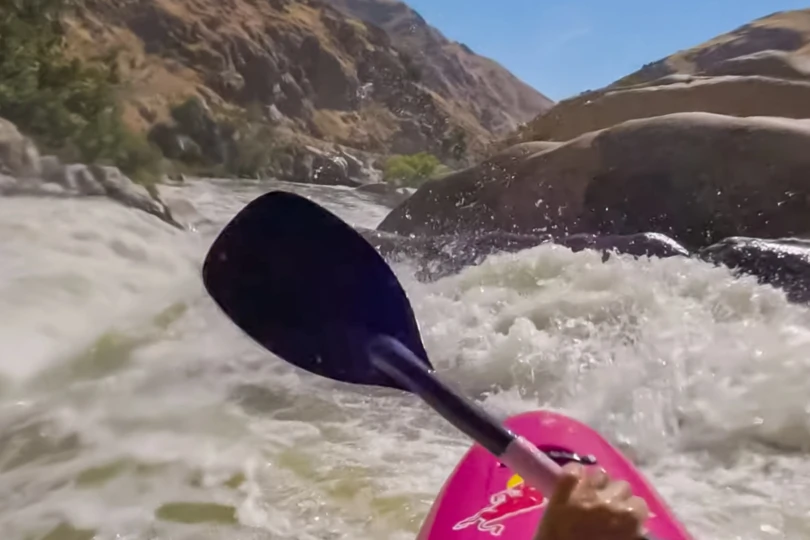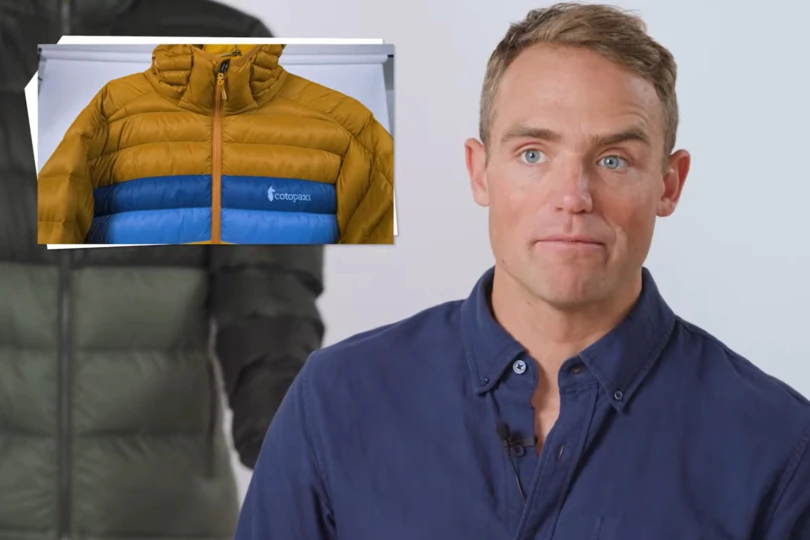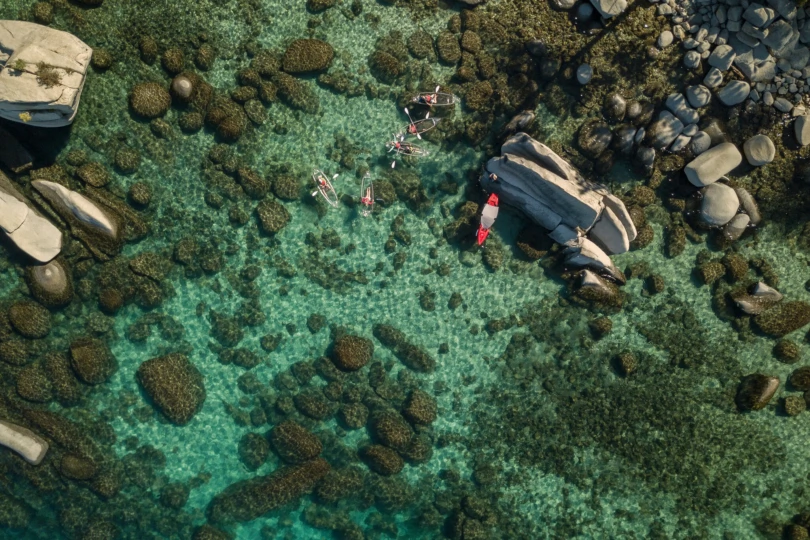A crew of scientists and fishermen custom-fitted a retired crab boat to catch (and release) sharks.

August 23, 7:55 a.m. Finn breaches the Atlantic waters off the Hamptons in New York. “Finn” is a great white shark, and the exact time of the breach is known only because of a tracking device put in place by the OCEARCH research fishing vessel.
Not just anyone can catch great white sharks. In fact, great whites are illegal to catch without a permit. They are listed as vulnerable on the Endangered Species list.
Now 10 years old, the OCEARCH embarks on its 30th expedition off the coast of Long Island, N.Y. Its goal this time is to learn more about white sharks less than a year old.

Over the last decade at sea, the crew has developed a method for catching and releasing sharks. Some are more than 4,000 pounds, and some are young and tiny, like Finn.
We spoke with Expedition Leader and Founding Chairman, Chris Fischer, to better understand the boat and how they catch sharks.
Custom Boat: The OCEARCH
The OCEARCH’s crew catches sharks and performs behavioral tests and GPS tagging. The vessel needs to be able to land a shark and keep it steady to perform the tests.
To outfit the OCEARCH, Fischer took a retired Bering Sea crabber and converted it to include a “corral” of sorts with a lift to raise massive sharks. But multiple tons in weight the hauls are a difficult task, even for a crabber. Indeed, after the crew lands a shark its weight is so great it could tip the boat over.

To solve the problem, they leveraged the king crab holds on the other side of the boat. As the sharks are brought onboard, the crew fills the crab holds with water for counter ballast.
Experience Is Key: Landing a Big Shark
To begin, OCEARCH works with NOAA and a host of research programs to secure permits for the legal catch.
Then, the crew locates natural chum fish populations and adds in their own chum to attract sharks.
They do everything with a hand line, using rope and some expert boat driving to catch the beasts. At first, the process took several hours, but now the system is dialed. Fischer called it “training sharks, not catching sharks.”

The boat begins by maneuvering in front of the animal after it’s on the line. The craft acts as block to prevent the shark from getting away. Fischer explained if the shark knows it can’t escape, it gives up.
This method of catching also lowers stress levels, as the sharks aren’t struggling and fighting.
After the catch is in the corral, the lift raises the animal. They insert two hoses in the mouth, and keep hoses on the gills. A dark, wet towel goes over their eyes, and the sharks lay still, Fischer said.
From corralling to on-board, the process takes 30 minutes. Then, after 15 minutes of research work, the sharks are released.
Fischer noted because the sharks aren’t stressed, there isn’t flopping and thrashing. “They don’t even move in the lift,” he said.

Shark Tracking: OCEARCH Database
You can view all of the OCEARCH’s catches, from great whites to tiger sharks, via its extensive live shark tracking website.
To date, the team has tagged more than 300 sharks. Of the catches, about a third are great white sharks.
In addition to tagging, the sharks also undergo tissue and blood sampling, and stress-monitoring exams.

Not only does the OCEARCH offer an extensive, free-to-use database for anyone from PhDs to grade-school students, it also accepts researchers from dozens of institutions on board.
Why Catch Sharks?
Sharks play a pivotal role in the ocean ecosystem. If oceans lose sharks, second-tier predators explode, causing problems for steady fish populations.
Fischer likened the scenario to the wolves of Yellowstone. Once the predators returned to the park, the landscape flourished.
But it’s not just ecosystems that benefit from shark research.
One study in the works aims to curb shark bite effects on humans. When someone is attacked by a great white shark, they can die from infection. Scientists are taking bacteria from the teeth and gums of the sharks caught via the OCEARCH and testing it for potential antibiotic treatment.
And this is but one experiment. For the New York Expedition, 12 research projects from 18 collaborating institutions are currently in the works.
Expedition New York
In 2016, The OCEARCH caught nine young white sharks. They returned last week to learn more. Each of its expeditions lasts 25 days and they perform three per year.
Little is known about great white shark pups less than a year old. Where and when great whites mate, where they migrate, and where they nurse are all questions the expedition hopes to answer.
For anyone who want to help OCEARCH, COSTA sunglasses partnered with the research team to release a limited-edition frame. The glasses have shark-theme rims and part of proceeds go toward the OCEARCH.
–Follow the expeditions, complete with its first two recorded catches via the Expedition New York website.







